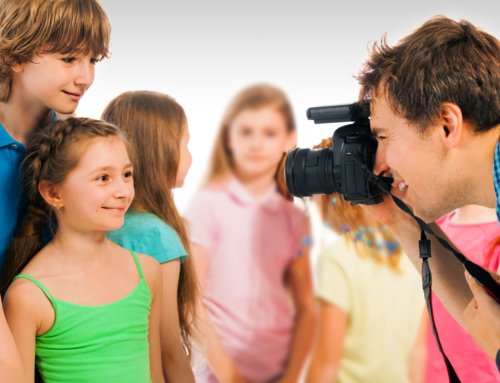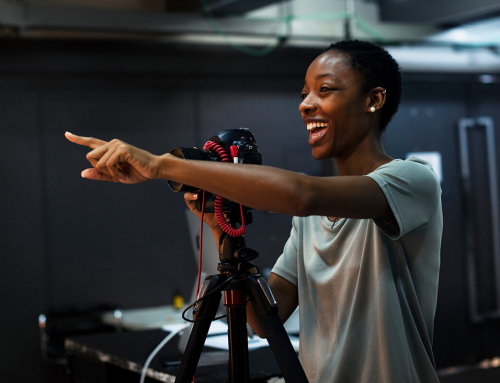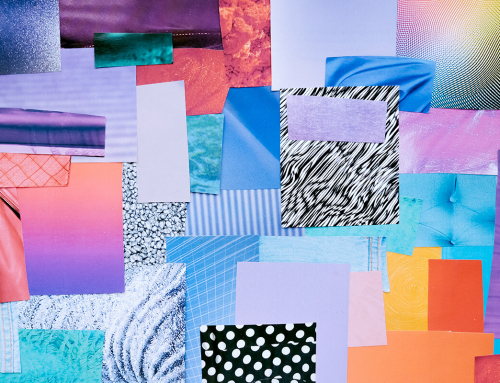The story of Michigan State University student Mike Morrison and his improved template for scientific posters has been well-reported the past couple months. It’s a tale that every designer would like to share with at least one client they know as a subtle “I told you so.”
In short, Morrison (a doctoral student in psychology) was frustrated with the poster sessions common at scientific conferences. These sessions allow a select group of invitees to present their work on a single poster. Conference attendees walk through an exhibit hall filled with these posters to learn about the latest and greatest findings. But as scientists have a tendency to fill every available inch with detailed copy and charts, the posters are typically so dense and non-distinct that they’re hard to digest and often make little impact on viewers. Morrison’s solution was simple (and perhaps a no-brainer to us design school grads): make an intriguing, bold statement to catch people’s attention, provide a brief overview and include a call-to-action that directs to a web page to learn more. His instructional video quickly went viral, and the poster template is now being widely adopted at conferences across the nation.
This tale is especially relevant to billboard advertising, which I have often found to be one of the most challenging formats to design. The average driver has no more than 10 seconds to take in a billboard before they’ve passed it by. During that time, you need to grab their attention, communicate your brand and deliver your message. To that end, there’s several lessons to be learned from Morrison’s poster template:
- Edit down to the most important information. Think about what a driver absolutely must know to complete the desired action, and eliminate the nonessentials. For example, are you able to commit a telephone number or URL to memory after a mere 10 seconds? Most likely not, so make your message and brand clear, and leave it to the viewer to seek out more information on their own.
- Be direct. The copy on a billboard needs to be concise and straightforward to communicate as quickly and clearly as possible. While clever, thought-provoking copy may work on print ads, for billboards you must consider whether it can be understood at a glance, or if it’s just going to make drivers scratch their heads.
- Don’t be afraid of white space. Having open, “empty” spaces in a design helps to direct the eye to where to read. Filling every inch of a billboard with content actually makes it more difficult for viewers to interpret what they are seeing in the short time they have.
Just as Mike Morrison discovered with scientific posters, some of the most effective billboards are the simplest, forgoing what many people would consider mandatories (like the logo or a call-to-action) and relying on viewers to recognize a well-known brand and/or take action if they want to learn more. Some especially great examples of this can be seen here.








